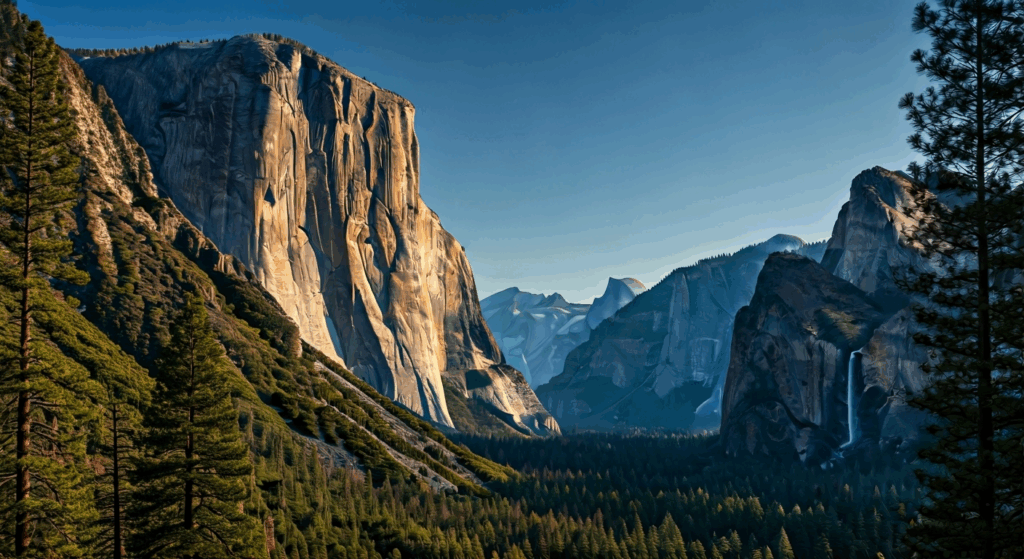Travel Guide to Luxor, Egypt
Ra's Travel Guide to Luxor
Luxor, often hailed as the "World's Greatest Open-Air Museum," promises a captivating journey for every traveler; a complete travel guide to Luxor.
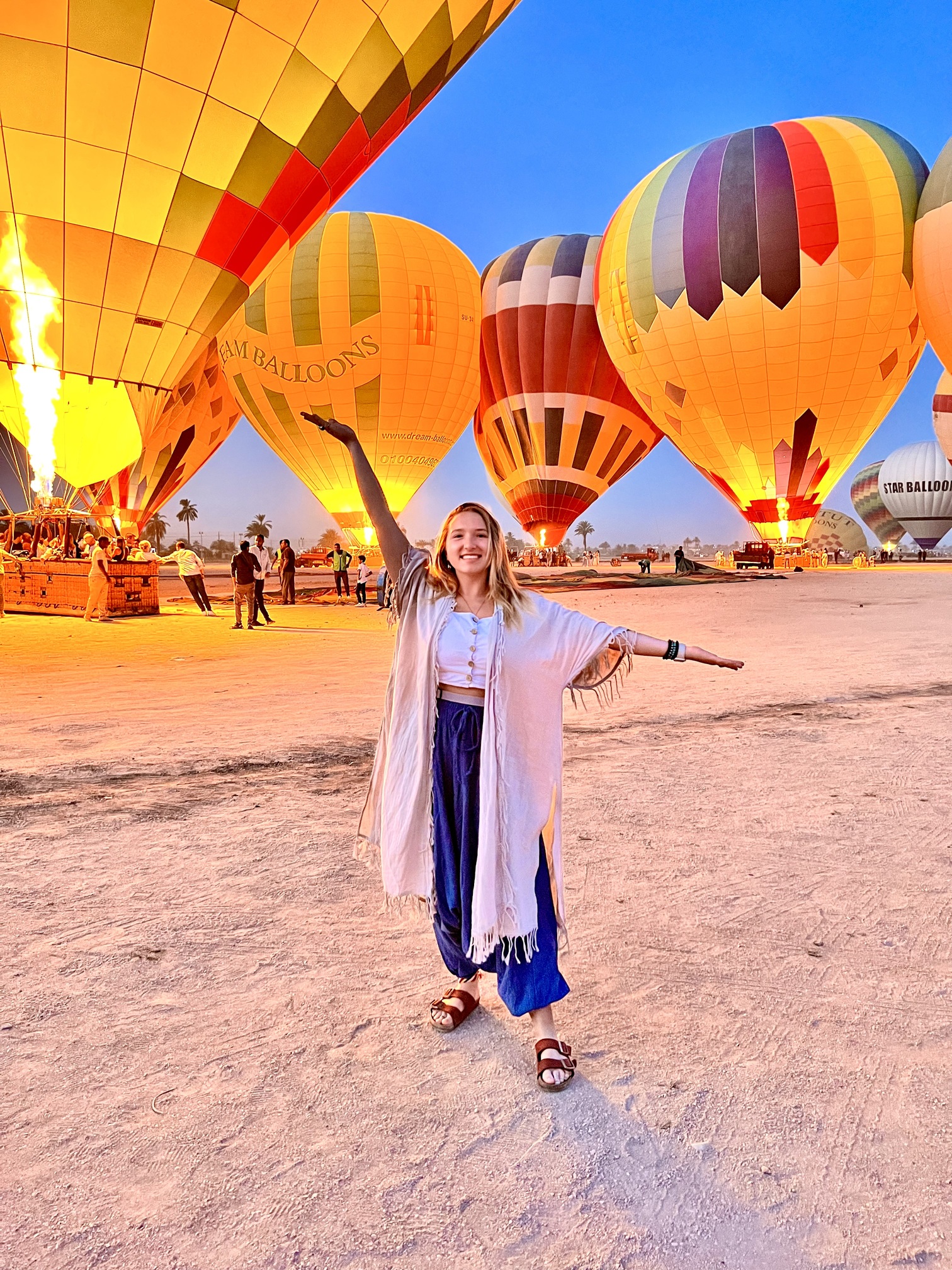
Travel Guide to Luxor- Key Highlights
- Journey Through Time: Explore the awe-inspiring remnants of Ancient Egypt, including the iconic Valley of the Kings and the majestic Karnak Temple.
- Cruise the Nile: Embark on a scenic Nile River cruise, gliding past ancient temples, lush landscapes, and traditional villages.
- Witness the Sunrise: Soar above Luxor in a hot air balloon as the sun bathes the ancient city in a golden glow.
- Uncover Hidden Tombs: Discover the secrets of the pharaohs as you venture into the Valley of the Kings and the Valley of the Queens.
- Experience Local Life: Immerse yourself in the vibrant culture of Luxor, from bustling markets to tranquil felucca rides on the Nile.
Introduction- Visit Alexandria, Egypt
River, Luxor is home to some of the most iconic archaeological sites in the world, including the legendary Luxor Temple, the sprawling Karnak Temple Complex, and the royal burial grounds of the Valley of the Kings. Get ready to embark on an unforgettable adventure through time as we explore the captivating world of pharaohs, temples, and ancient mysteries. This travel guide to Luxor will help you maximize your visit!
Discovering Luxor
Historical Significance of Luxor: The Gateway to Ancient Egypt
Luxor stands proudly as a testament to the grandeur of Ancient Egypt, once known as the illustrious city of Thebes. During the powerful New Kingdom (circa 1550-1070 BC), Thebes flourished as the capital of this mighty civilization, its streets echoing with the whispers of pharaohs, priests, and skilled artisans.
Distinguished Pharaohs, including the mighty Amenhotep III, left their indelible mark on Luxor, commissioning magnificent temples and monuments dedicated to the gods, solidifying Thebes' position as a prominent religious and cultural hub. From the towering pylons of Karnak to the intricate carvings adorning Luxor Temple, the city became a radiant beacon of power, artistry, and spiritual devotion.
Today, Luxor offers travelers an unparalleled opportunity to step back in time and witness firsthand the splendor of this bygone era. As you wander through the ruins and uncover ancient secrets, remember that you're walking in the footsteps of pharaohs, experiencing the legacy of a civilization that continues to captivate the world.
Why Luxor Should Be on Your Travel List
Luxor beckons with an irresistible allure for those seeking to unravel the mysteries of Ancient Egypt. From the awe-inspiring Karnak Temple, with its colossal pillars reaching for the heavens (which has taken over social media) to the captivating Luxor Temple, adorned with intricate hieroglyphs and towering statues, history whispers from every stone.
Venture to the famed Valley of the Kings, the final resting place of powerful pharaohs, including the legendary Tutankhamun. Explore elaborately decorated tombs filled with treasures and secrets, offering a glimpse into the ancient Egyptians' beliefs about the afterlife.
Each temple, tomb, and monument in Luxor presents a unique perspective on this ancient civilization's art, religion, and daily life. Prepare to be captivated by the sheer scale and majesty of these sites, and let your imagination transport you back to a time of pharaohs, gods, and ancient wonders.
Geographical Overview: Navigating the City of a Thousand Gates
The enchanting city of Luxor gracefully straddles the majestic Nile River, its ancient wonders divided between the East Bank and the West Bank, each offering a distinct and captivating experience. The bustling East Bank is home to the modern city center, where you'll discover vibrant markets, charming restaurants, and a selection of accommodations.
Meanwhile, the serene West Bank, bathed in the golden hues of the setting sun, serves as a vast necropolis, where the ancient Egyptians laid their pharaohs to rest. Here, amidst a landscape of towering cliffs and desert sands, you'll uncover the legendary Valley of the Kings, the Valley of the Queens, and a collection of remarkable mortuary temples.
Navigating between these two captivating worlds is a breeze thanks to the regular ferry services crisscrossing the Nile River. Whether you choose to base yourself on the lively East Bank or the tranquil West Bank, you'll have easy access to all of Luxor's extraordinary treasures.
How to Get to Luxor
Reaching Luxor is an adventure in itself, with various transportation options available to suit every traveler's preference and budget. Whether you prefer the convenience of air travel, the scenic charm of a train journey, or a more adventurous road trip, getting to this captivating city is an exciting part of your Egyptian adventure.
Plane
For travelers seeking a swift and convenient arrival, Luxor International Airport (LXR) serves as the primary gateway to this ancient city. Numerous airlines offer direct flights from major cities worldwide, including Cairo, making Luxor easily accessible for a weekend getaway or a more extended exploration of Egypt's wonders.
When booking your flights, it's important to consider the duration of your visit. A full day dedicated to exploring Luxor's highlights is recommended, and a multi-day trip will allow you to immerse yourself in the city's rich history and vibrant culture at a more leisurely pace. It is extremely popular for tourists to book a Nile Cruise with Luxor as the main starting point. More information on Nile cruises is located below.
To secure the best deals, especially during peak seasons, consider booking your flights in advance and utilizing online travel aggregators or directly contacting airlines for special offers. With a little planning, you'll be touching down in Luxor, ready to embark on an unforgettable journey back in time.
Train
For those seeking a scenic and immersive journey, a train ride from Cairo to Luxor is an excellent choice. Settle into a comfortable cabin and watch the Egyptian countryside unfold before you, with the Nile River often accompanying your journey. The train station, situated on the East Bank, provides easy access to various hotels and transportation hubs.
Car
If you're feeling adventurous and wish to explore Egypt at your own pace, consider renting a car and embarking on a road trip to Luxor. However, navigating unfamiliar roads in Egypt can be challenging. Opting for a reputable car rental agency and studying maps and driving regulations beforehand is crucial.
When I visited Luxor, it was through a guided tour group through the whole country. The agency included a booked flight from Cairo to Luxor, which was an extremely short flight. However, some tour groups offer a bus drive from Cairo to Luxor which is usually a cheaper option but also a longer option.
For efficient route planning, cost evaluation, and consideration of various transportation methods, I often rely on Rome2rio. This invaluable tool provides comprehensive information, offering insights into possible route combinations and suggestions for strategic stops along the way, ensuring a tailored and well-informed travel experience. Link to Rome2rio
Preparing for Your Luxor Adventure
As with any unforgettable journey, thorough preparation is essential for a seamless and enjoyable experience in Luxor. From securing necessary travel documents and packing appropriate attire for the desert climate to understanding local customs and crafting a well-planned itinerary, a little pre-trip planning will go a long way in ensuring a memorable adventure.
Essential Travel Documents and Vaccinations
Before embarking on your Luxor adventure, ensuring you have the necessary travel documents and health precautions in place is crucial. A valid passport with at least six months' validity remaining is mandatory for entry into Egypt. In addition, most nationalities require a tourist visa, which you can obtain upon arrival at major Egyptian airports, including Luxor International Airport.
To plan your exploration effectively and ensure a smooth journey, delve into the captivating history of the region and create a personalized itinerary. Discover the fascinating stories behind iconic sites like the legendary tomb of Tutankhamun in the Valley of the Kings, and the grandeur of Karnak and Luxor Temples.
Furthermore, consulting your healthcare provider regarding recommended or required vaccinations for travel to Egypt is recommended. Packing essential medications and a basic first-aid kit is always advisable.
Packing List: What to Bring for Luxor’s Climate
Luxor is characterized by a desert climate, so packing accordingly is essential for a comfortable trip. Lightweight, breathable clothing is ideal, particularly during the scorching summer months. Don't forget essentials such as a wide-brimmed hat, sunglasses, and sunscreen to protect yourself from the strong Egyptian sun, especially during a day tour of ancient sites.
Comfortable walking shoes are a must, as you'll spend a significant amount of time exploring vast temple complexes and tombs. Remember that some religious sites may have dress codes, so packing a scarf or shawl to cover your shoulders is respectful.
For breathtaking experiences like witnessing a mesmerizing sunrise over the Valley of the Kings during a hot air balloon ride, consider packing a light jacket or sweater, as desert temperatures can drop dramatically in the early mornings and evenings.

Where to Stay in Luxor?
Luxor offers accommodations for every taste and budget, from luxurious resorts with breathtaking Nile views to charming guesthouses nestled on the historic West Bank. Whether you're seeking opulent indulgence or a cozy and intimate retreat, you'll discover a range of options to make your stay in Luxor unforgettable.
Staying Near Major Attractions
Choosing the right location for your accommodation can greatly enhance your Luxor experience. Staying near major attractions can optimize your time and allow for leisurely exploration. The East Bank, bustling with life and home to iconic sites like Luxor Temple and Karnak Temple Complex, offers a wealth of accommodation choices.
However, for those seeking tranquility and a more intimate experience, venturing across the Nile to the West Bank of Luxor is a rewarding choice. Here, amidst a landscape of ancient tombs and temples, you'll discover charming guesthouses and boutique hotels offering a peaceful respite from the city's hustle and bustle.
Consider your priorities: proximity to attractions, budget considerations, and the desired ambiance. Luxor has something for everyone, and selecting the right location will elevate your trip to new heights.
From Luxury Resorts to Budget-Friendly Hotels
Luxor boasts an eclectic range of accommodations, catering to every traveler's preferences and budget. If you seek opulent indulgence, luxury resorts grace the banks of the Nile, offering unparalleled service, world-class amenities, and stunning river views. Imagine lounging by an infinity pool as traditional feluccas sail by, the ancient landscape painting an unforgettable backdrop.
On the other hand, budget-friendly hotels and charming guesthouses are scattered throughout the East and West Bank, providing comfortable and affordable lodging without compromising on authenticity. These hidden gems often boast local charm, personalized service, and a chance to connect with the heart and soul of Luxor.
Whether you desire a luxurious escape or a cozy and intimate retreat, Luxor has something for everyone. Consider your priorities, research various options, and choose the perfect accommodation to create a memorable experience.
Nile Cruise: Luxor to Aswan Scenic Journey
For an immersive and unforgettable way to experience the magic of the Nile, embark on a scenic Nile cruise from Luxor to Aswan. As you gracefully glide along the legendary river, you'll witness the breathtaking beauty of ancient temples, lush green valleys, and traditional Nubian villages, their colorful houses reflected in the shimmering waters.
A Nile cruise offers a unique perspective of Egypt's timeless wonders. Imagine waking each morning to breathtaking views of ancient ruins bathed in the golden glow of sunrise, followed by leisurely days exploring historic sites like Edfu and Kom Ombo temples.
As you sail towards Aswan, the cultural heart of Nubia, the landscape transforms into a captivating tapestry of desert dunes, granite cliffs, and palm-fringed islands. The Nile cruise promises an enchanting journey through time, history, and captivating landscapes.
It is important to note that there are two types of Nile cruises available, felucca and cruiser. A felucca is essentially a large sailboat. This is best described as an on-the-water camping experience where you can sleep under the stars. There is a small kitchen on board for the crew to prepare traditional Egyptian food during your cruise. Before bedtime, the felucca will hook up with a floating restroom/night routine care boat on the water before continuing to sail throughout the night. For those not interested in the campaign option, a cruiser is essentially a small cruise ship with cabin rooms, restaurants, and on-board entertainment. The cruiser is usually the more expensive option.
Where to Stay in Luxor, Egypt?
Luxor offers a variety of accommodations to suit every traveler's style and budget. For luxury seekers, riverside resorts on the East Bank provide stunning Nile views and top-tier amenities, perfect for those wanting to stay close to major attractions like Luxor Temple and the Karnak Temple Complex. The West Bank, known for its peaceful ambiance, is ideal for those looking for a more intimate and tranquil experience, with charming guesthouses and boutique hotels nestled near iconic sites like the Valley of the Kings. Whether you prefer the vibrant energy of the city center or the quiet allure of the West Bank, Luxor has something for everyone.
During my visit to Luxor, I had booked a complete guided tour of Egypt, which included Luxor. With this tour, a cruise on the Nile to Aswan and then a bus to Abu Simbel was part of our itinerary. The tour company arranged our transportation to and from the cruiser, which is where we stayed overnight for several days.
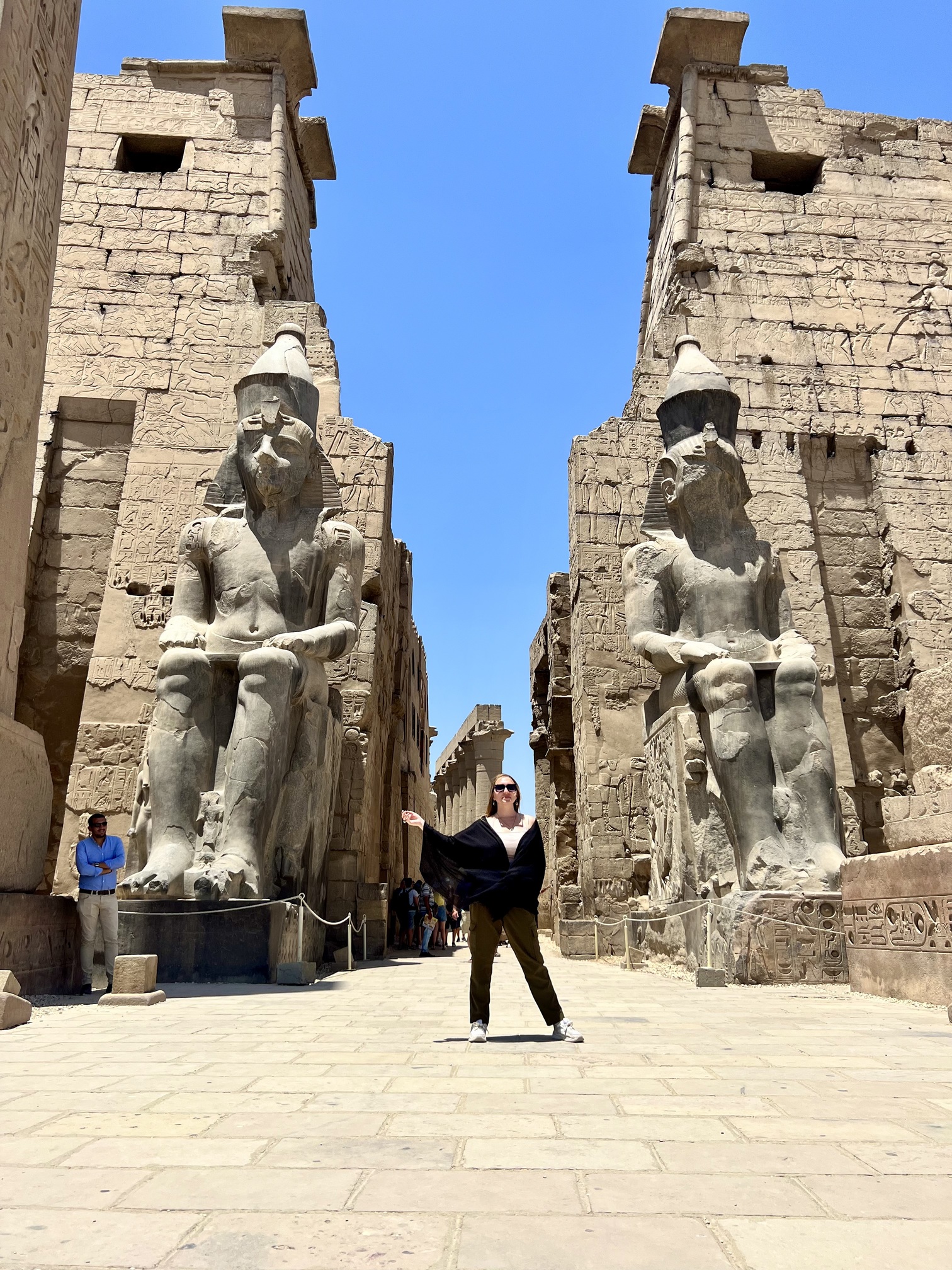
Guides to Egypt
Getting Around Luxor, Egypt
Car
Renting a car in Luxor offers the freedom to explore at your own pace, perfect for visiting both popular sites and hidden gems. While driving gives you flexibility, be prepared for local traffic and driving customs. A rental car is especially useful for day trips to nearby destinations like Dendera or Abydos.
Caleche
For a more traditional and immersive experience, consider hopping aboard a horse-drawn carriage, known locally as a "caleche." These charming carriages, adorned with colorful decorations, add a touch of old-world charm as they gracefully navigate Luxor's streets. Engage in friendly banter with the drivers, who often possess a wealth of local knowledge and can point out hidden gems along the way. If you choose to try a caleche, note that they are cash only.
Taxi
Taxis are plentiful on both the East and West Bank of Luxor and offer a convenient and relatively inexpensive way to travel between sites, especially for shorter distances. Ensure you negotiate the fare with the driver before beginning your journey, as prices are not always metered. When venturing to the West Bank, where iconic sites like the Valley of the Kings and Hatshepsut Temple await, you can hire a taxi for the day or engage in a pre-arranged tour that includes transportation. This eliminates the hassle of finding transportation between destinations.
Guided Tour
Exploring Luxor through guided tours is a great way to gain deeper insights into its rich history. With a knowledgeable guide, you'll easily navigate between sites like Karnak and the Valley of the Kings, while learning about their significance. Tours often provide exclusive access and help you avoid long lines, making your visit more seamless and enriching.
Bike
For those seeking active exploration and the freedom to set their own pace, renting a bicycle is a fantastic way to discover Luxor's hidden gems. With flat terrain and a gentle breeze often accompanying your journey, cycling allows you to experience the city like a local, venturing down narrow streets and soaking up the vibrant atmosphere.
Walking
Walking is always a rewarding option, especially for shorter distances. Luxor's city center is relatively compact, and strolling along the Nile Corniche, with its stunning river views and bustling cafes, is a delightful way to soak up the ambiance. However, it is not recommended to walk around Luxor at night unless with a local guide or a group.
What to Do in Luxor, Egypt?
Luxor, often hailed as the "World's Greatest Open-Air Museum", overflows with awe-inspiring ancient wonders that transport visitors back to the glorious days of Ancient Egypt. From the colossal temple complexes of Karnak and Luxor to the royal burial grounds of the Valley of the Kings, prepare to be captivated by the sheer scale and majesty of these extraordinary sites.
Karnak and Luxor Temples
Begin your Luxor adventure with a visit to the awe-inspiring Karnak Temple, one of the largest and most impressive religious complexes ever constructed. Dedicated to the Theban triad of Amun-Re (the sun god), Mut (his wife), and Khonsu (their son), Karnak Temple is a testament to ancient Egyptian architectural prowess. Stroll through its vast courtyards adorned with colossal statues, marvel at the towering Hypostyle Hall with its massive papyrus-shaped columns, and decipher the intricate hieroglyphs that narrate ancient tales of pharaohs and deities. Journey along the Avenue of Sphinxes, once a grand processional route connecting Karnak to Luxor Temple, and arrive at the majestic Luxor Temple, bathed in the golden hues of the setting sun. This ancient temple, also dedicated to the Theban triad, played a significant role in the annual Opet Festival, a grand celebration of renewal and rebirth.
The Majestic Valley of the Kings
Venture west across the Nile to the Thebes Necropolis, where the Valley of the Kings, a hidden treasure trove of royal tombs, awaits. For centuries, pharaohs of the New Kingdom, including the legendary Tutankhamun, Ramesses VI, and Seti I, were laid to rest in these elaborately decorated chambers carved deep into the Theban hills.
Step inside these subterranean wonders and witness the artistry and symbolism that adorned the pharaohs' journeys to the afterlife. Discover vibrant murals depicting scenes from the Book of the Dead, marvel at intricately painted sarcophagi, and imagine the riches and treasures that once filled these sacred chambers.
While exploring the Valley of the Kings, remember that each tomb offers a unique glimpse into the lives, beliefs, and artistic conventions of the pharaohs who ruled Ancient Egypt. The air is thick with history and mystery as you unravel the secrets of this extraordinary necropolis.
Temple of Hatshepsut
Nestled against the towering cliffs of Deir el-Bahari, the Temple of Hatshepsut stands as a testament to one of Ancient Egypt's most remarkable rulers, Queen Hatshepsut, who ruled Egypt for over two decades. This magnificent mortuary temple, dedicated to the sun god Amun-Re and Hatshepsut herself, captivates visitors with its unique design, blending harmoniously with the surrounding natural landscape.
As you ascend its three grand terraces, interconnected by ramps and colonnades, take note of the intricate reliefs that depict scenes from Hatshepsut's reign, including her legendary expedition to the Land of Punt. The temple's harmonious proportions, elegant columns, and captivating reliefs showcase the architectural prowess of the ancient Egyptians.
The Temple of Hatshepsut is not only an architectural marvel but also a symbol of female power and ambition in a patriarchal society. Hatshepsut's legacy lives on through this extraordinary monument, a testament to her enduring reign and the grandeur of Ancient Egypt.
Luxor Museum
Journey through time at the Luxor Museum, home to an exceptional collection of artifacts unearthed from the ancient city and its surrounding necropolis. Located on the East Bank of the Nile, this modern museum offers a captivating glimpse into Egypt's glorious past, showcasing thousands of years of history through its meticulously curated exhibits.
Marvel at beautifully preserved statues of pharaohs and deities, decipher the intricate hieroglyphs on ancient papyri, and come face to face with the treasures discovered in the tomb of Tutankhamun, including his gilded funerary mask.
The Luxor Museum provides a deeper understanding of the daily life, beliefs, and artistic achievements of the ancient Egyptians. Its intimate setting and well-presented exhibits offer a welcome respite from the grandeur of Luxor's outdoor sites.
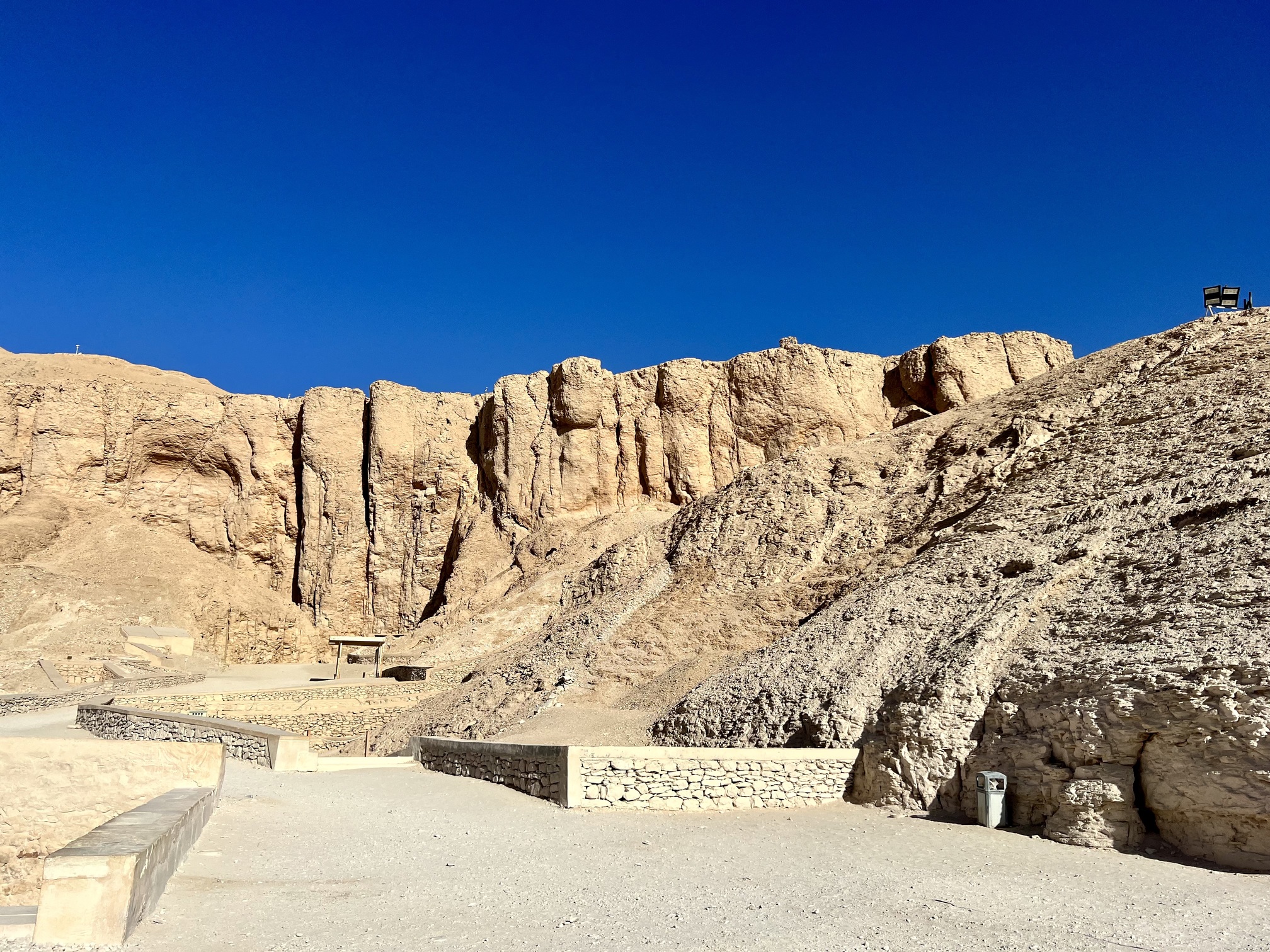
The Colossi of Memnon
As you venture westward across the Nile, make a stop at the Colossi of Memnon, two colossal statues that stand as silent sentinels guarding the entrance to what was once the grand mortuary temple of Amenhotep III. These massive quartzite statues, each over 18 meters tall, depict Amenhotep III seated on his throne, a testament to the pharaoh's power and grandeur.
Over time, earthquakes and erosion have taken their toll on the Colossi, but their imposing presence continues to inspire awe in all who visit. Legend has it that one of the statues, known as the "Vocal Memnon," emitted a haunting sound at dawn, believed by the ancient Greeks to be the voice of the mythical hero Memnon greeting his mother Eos, the goddess of dawn.
While the mystery of the "Vocal Memnon" was later attributed to temperature changes and cracks in the statue, the Colossi remain an iconic symbol of Luxor's ancient past, reminding us of the enduring power and majesty of Ancient Egypt.
Sunrise Hot Air Balloon Ride
Witness the magic of Luxor unfold from a truly unforgettable perspective – a serene hot air balloon ride over the ancient city as the sun paints the sky with vibrant hues of gold, orange, and pink. As you gently ascend into the dawn sky, a breathtaking panorama of Luxor's timeless wonders comes into view, offering a truly awe-inspiring experience.
Drift over the Valley of the Kings, where the tombs of pharaohs lie hidden beneath the rugged Theban hills, and marvel at the sprawling Karnak Temple complex, its colossal pillars reaching for the heavens. The Nile River shimmers like a silver ribbon below, reflecting the golden glow of the rising sun, as you soar above it all.
A sunrise hot air balloon ride is more than just a scenic adventure; it's a chance to witness the beauty of Luxor from a new perspective, appreciating the sheer scale and grandeur of this ancient city as you've never seen it before.
Ramesses II's Mortuary Temple
Journey back to the reign of Ramesses II, one of Egypt's most celebrated pharaohs, at the Ramesseum, his sprawling mortuary temple, located on the West Bank. Once a magnificent complex designed to celebrate Ramesses II's legacy and ensure his smooth transition to the afterlife, the Ramesseum today stands as a testament to the grandeur and ambition of this mighty pharaoh.
Though time has taken its toll, leaving parts of the complex in ruins, the Ramesseum retains an air of majesty and grandeur. Admire the towering pylon, adorned with impressive reliefs depicting scenes from Ramesses II's reign, including the famous Battle of Kadesh. Gaze upon the fragments of the colossal statue of Ramesses II himself, once one of the largest ever built, now lying shattered on the ground, a reminder of the passage of time.
Despite its ruinous state, the Ramesseum offers visitors a captivating glimpse into the life and times of Ramesses II, his architectural achievements, and the religious beliefs of Ancient Egypt, making it a worthwhile addition to your Luxor itinerary.
Felucca Ride
If you're not opting for the felucca Nile cruise, try out a short-term felucca ride on the Nile River. This traditional Egyptian sailboat offers a serene and unforgettable way to experience the beauty of the Nile as it reflects the warm hues of the setting sun, painting the sky in shades of orange, pink, and purple.
Let the gentle breeze guide you along the tranquil waters as you pass by ancient temples, lush sugar cane fields, and traditional villages, their mud-brick houses casting long shadows in the fading light. The peacefulness settles upon you as the sun dips below the horizon, creating a magical ambiance that will stay with you long after your journey ends.
A felucca ride on the Nile is more than just a boat trip; it's an immersive experience that allows you to connect with the rhythms of the river, soak up the tranquility of the surroundings, and appreciate the timeless beauty of Luxor from a unique perspective.
Medinet Habu: Ramses III’s Monumental Temple
Venture to the southern edge of the Theban Necropolis, where Medinet Habu, the impressive mortuary temple of Ramesses III, awaits. This well-preserved temple complex, often overlooked by visitors, offers a captivating glimpse into the reign of Ramesses III and the architectural splendor of the New Kingdom.
As you enter through the fortified gateway, imagine yourself transported back to a time of pharaohs and grandeur. Explore the temple's vast courtyards, admire its towering pylons adorned with intricate reliefs depicting Ramesses III's military victories, and discover the vibrant colors that still adorn its walls, a testament to the exceptional craftsmanship of the ancient Egyptians.
Medinet Habu stands as a symbol of Ramesses III's reign and his efforts to portray himself as a powerful and victorious pharaoh. Its well-preserved state, intricate decorations, and captivating history make it a must-visit for anyone seeking a deeper understanding of Ancient Egypt's architectural prowess and the legacies of its rulers.
Deir el-Medina: The Workers' Village
Step back in time at Deir el-Medina, a fascinating archaeological site that offers a unique glimpse into the lives of the skilled artisans and laborers who built and decorated the royal tombs in the Valley of the Kings. This ancient village, once a thriving community, provides a rare glimpse into the daily lives, social structures, and beliefs of ordinary Egyptians living during the New Kingdom.
Explore the well-preserved remains of houses, workshops, and communal spaces, and gain insights into the lives of the people who played a crucial role in creating the magnificent tombs we marvel at today. Discover their homes, adorned with everyday objects and personal shrines, offering a poignant reminder that these skilled artisans were not just laborers but individuals with families, beliefs, and aspirations.
Deir el-Medina offers a unique perspective on Ancient Egyptian society, moving beyond the grandeur of pharaohs and temples to reveal the lives of the everyday people who made such marvels possible.
Day Trips and Excursions from Luxor
While Luxor's immediate surroundings offer an abundance of ancient wonders, venturing further afield on a day trip promises even more captivating discoveries. Explore remarkably well-preserved temple complexes, uncover ancient mysteries, and immerse yourself in the diverse landscapes and cultures of Upper Egypt, all within easy reach of Luxor.
Dendera Temple Complex
Embark on an enriching day trip north of Luxor to the Dendera Temple Complex, dedicated to Hathor, the goddess of love, music, and joy. This remarkably well-preserved temple complex, dating back to the Ptolemaic and Roman periods, is renowned for its vibrant colors, intricate reliefs, and captivating astronomical ceiling.
As you explore the complex, admire the towering gateway, still adorned with its original vibrant colors, and step inside the Hypostyle Hall, its massive columns adorned with Hathor-headed capitals. Descend into the temple's crypt, where you'll find fascinating depictions of the journey of the sun god Ra through the underworld.
Dendera Temple Complex, with its captivating history, stunning decorations, and enigmatic underground chambers, offers a glimpse into the rich tapestry of ancient Egyptian beliefs and artistic brilliance, making it a worthwhile addition to your Luxor itinerary.
Abydos
Journey back to one of Egypt's most sacred sites, Abydos, located approximately a three-hour drive north of Luxor. This ancient city, once a significant cult center for Osiris, the god of the underworld and rebirth, holds a special allure for archaeologists and history enthusiasts alike.
Explore the Temple of Seti I, a masterpiece of New Kingdom architecture, its walls adorned with some of the finest examples of ancient Egyptian reliefs and hieroglyphics. Venture into the Osireion, a mysterious structure believed to symbolize the tomb of Osiris, its subterranean chambers shrouded in an aura of ancient rituals and beliefs.
Abydos, with its captivating temples, intriguing myths, and connections to the afterlife, offers a profound journey into the heart of Ancient Egyptian spirituality and belief systems. A day tour to Abydos is an opportunity to explore ancient mysteries and connect with the enduring legacy of this extraordinary civilization.
Conclusion
Luxor, the Gateway to Ancient Egypt, beckons with its rich history and mesmerizing beauty. From exploring the Valley of the Kings to sailing on the Nile at sunset, Luxor offers a tapestry of experiences for every traveler. Prepare for your adventure with essential travel tips, discover top attractions like Karnak Temple, and immerse yourself in the wonders of this ancient land. Luxor awaits your exploration, promising unforgettable memories amidst its timeless treasures. Pack your curiosity and sense of wonder as you embark on a journey that will captivate your heart and soul. Let Luxor weave its magic on you, creating memories to cherish for a lifetime. Check out my Complete Travel Guide to Egypt for more information on the different places to add to your visit!
Frequently Asked Questions
What is the Best Time of Year to Visit Luxor?
The best time to visit Luxor is during the cooler months, from October to April, when the climate is most pleasant for exploring ancient sites. Considering shoulder seasons like March and April can offer pleasant weather and fewer crowds.
Can I Visit the Valley of the Kings Without a Guide?
While you can visit the Valley of the Kings independently, hiring a knowledgeable tour guide will significantly enhance your experience. Tour guides can be hired at the ticket office or arranged through your hotel or a reputable tour company.
Are There Any Safety Concerns for Travelers in Luxor?
Luxor is generally considered safe for travelers, but it's always wise to exercise caution and be aware of your surroundings. As with any destination, respect local customs, and avoid displaying large amounts of cash or expensive jewelry. Women should exercise caution when traveling alone and be in a group if out at night.
Is it Safe to Travel to Luxor as a Solo Traveler?
Yes, Luxor is generally safe for solo travelers. However, it's still essential to prioritize your safety. Be mindful of your surroundings and adhere to general safety precautions and cultural etiquette.
Navigating Cultural Etiquette: Do’s and Don’ts
Respectful cultural etiquette in Luxor includes dressing modestly, especially when visiting religious sites. Always ask permission before taking photos of locals. A smile and a few words in Arabic, such as "shukran" (thank you), go a long way.
How Many Days are Recommended for a Luxor Trip?
To fully experience Luxor's highlights, a minimum of 3-4 days is recommended. This allows for a full day exploring the West Bank, a day for the East Bank, and additional time for activities like a hot air balloon ride or a Nile cruise.
Best Spots for Sunrise and Sunset Photos
For breathtaking sunrise photos, consider a hot air balloon ride over the Valley of the Kings. For mesmerizing sunset views, head to the west bank of the Nile River or the rooftop of a hotel offering panoramic city views.
Travel Tip
If you're flying into Luxor's airport, often there are locals outside the airport who will offer to help you with your luggage in exchange for tips. Be careful because they're known to take the luggage right out of your hands even if you say no, and resist giving it back.
My Playlist for Luxor, Egypt
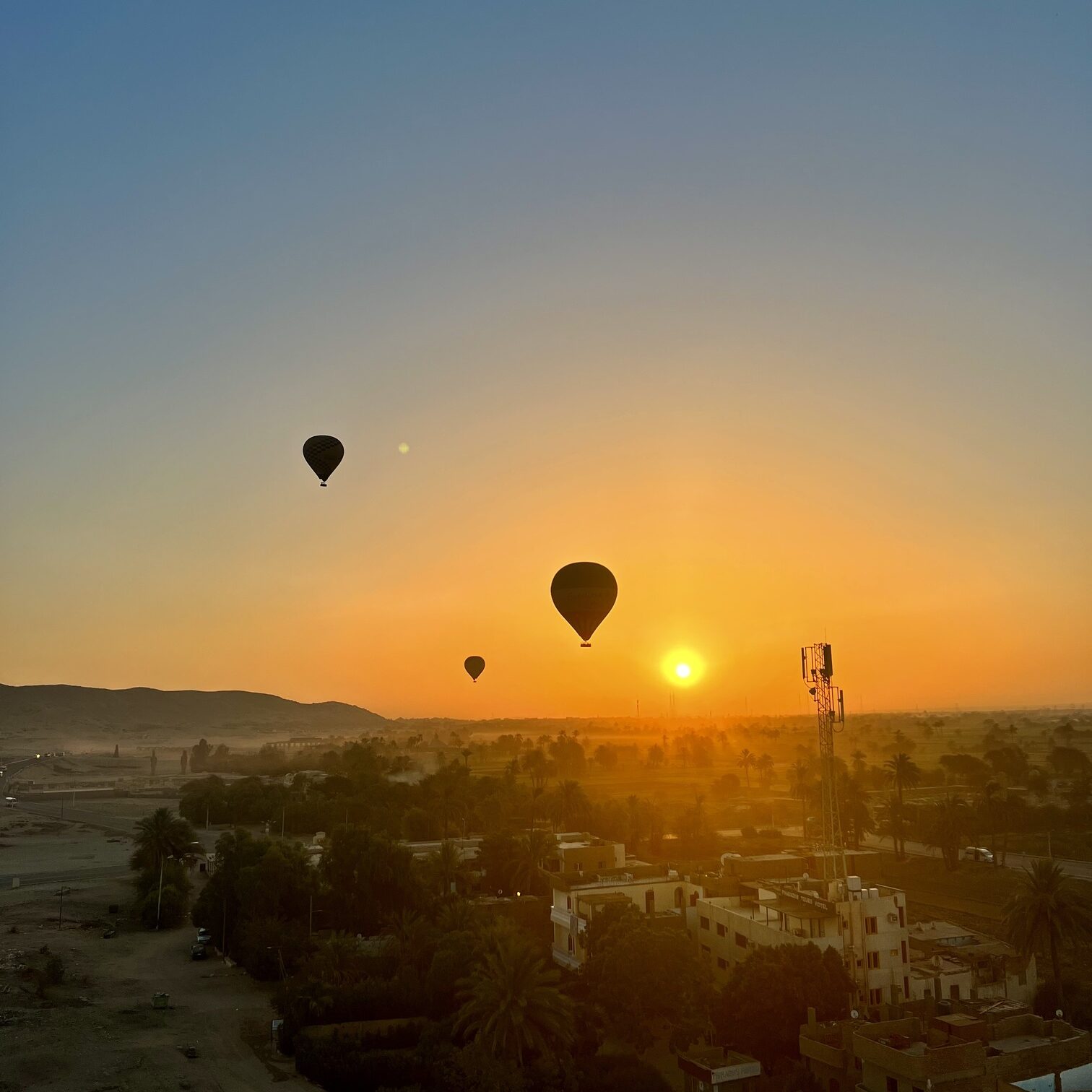
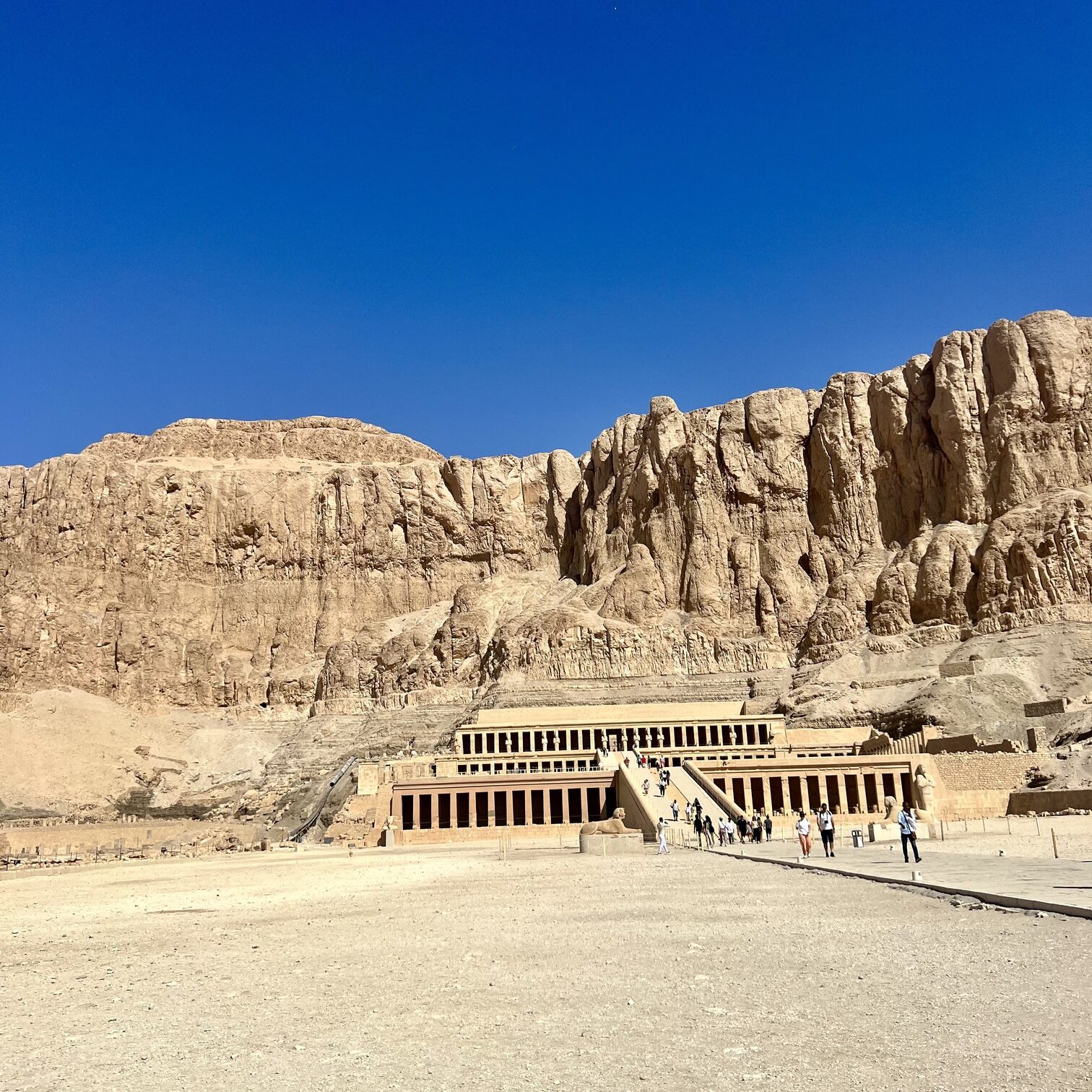
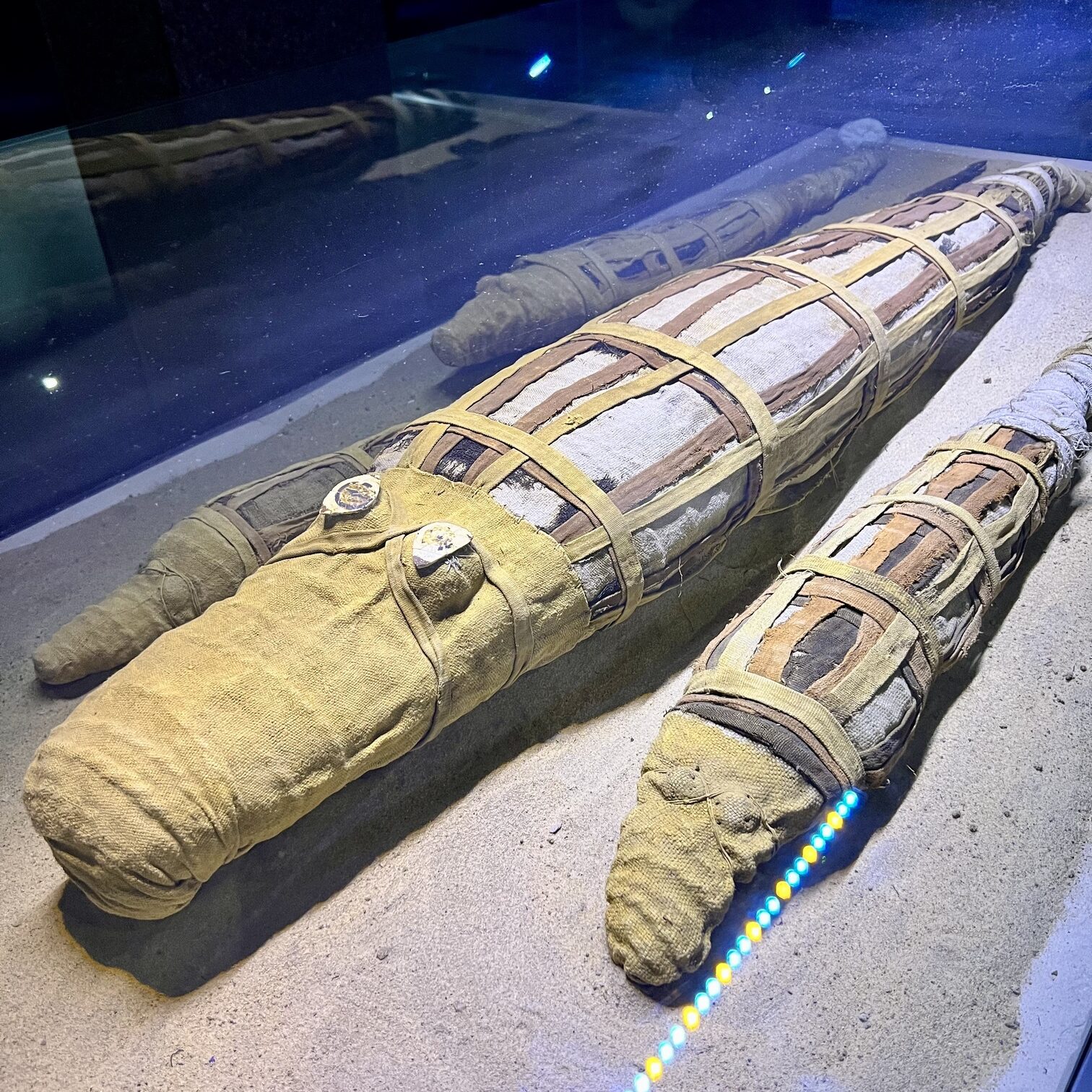
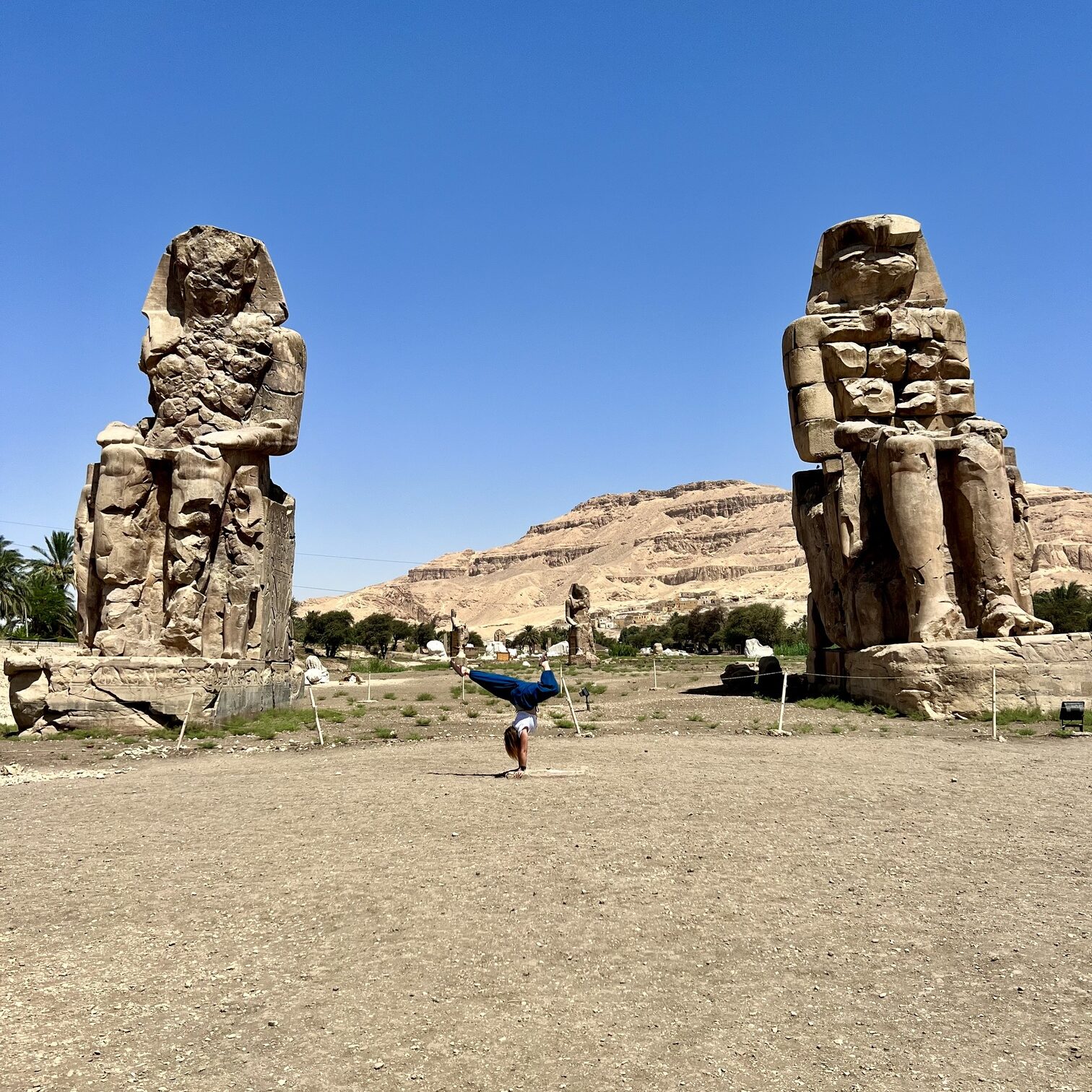
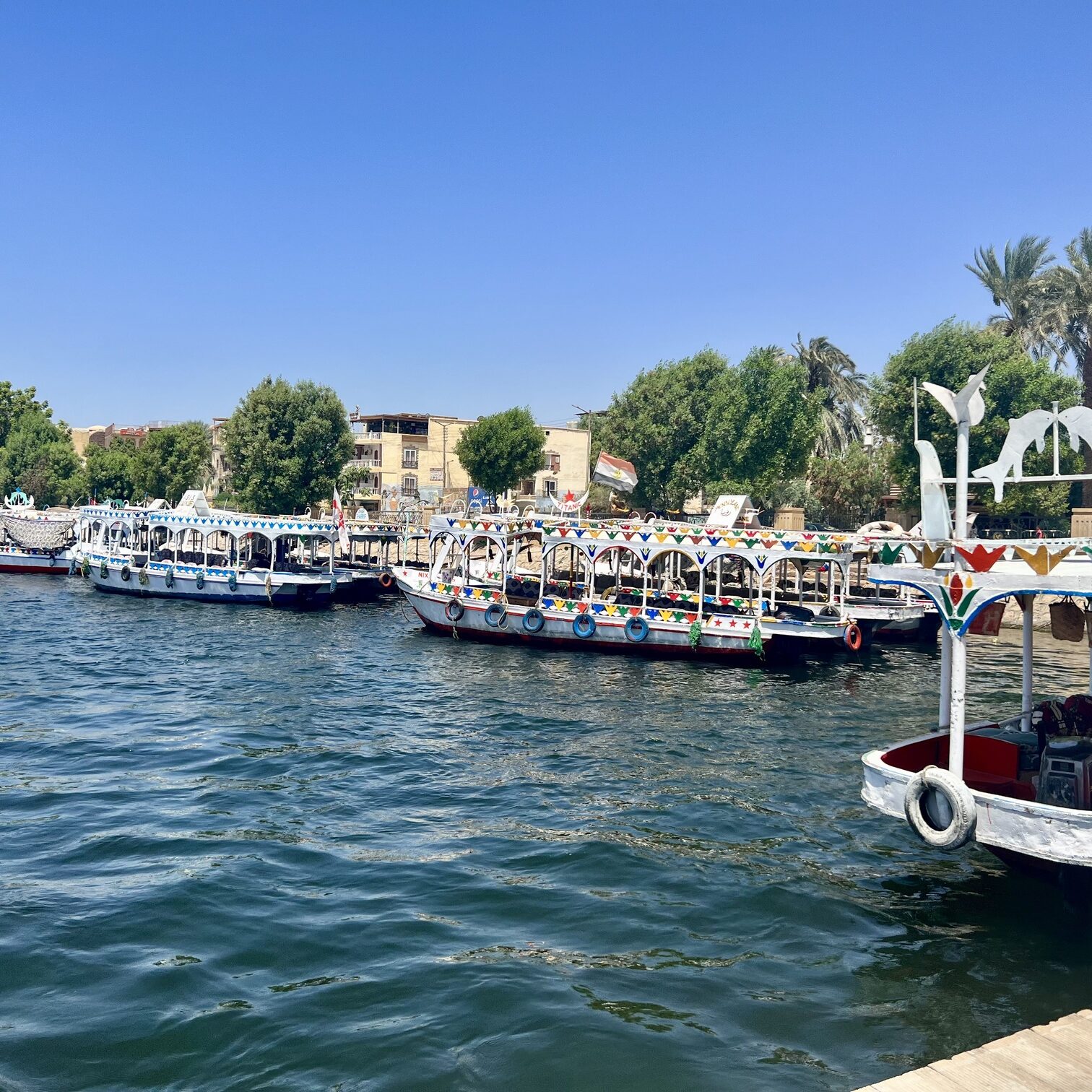
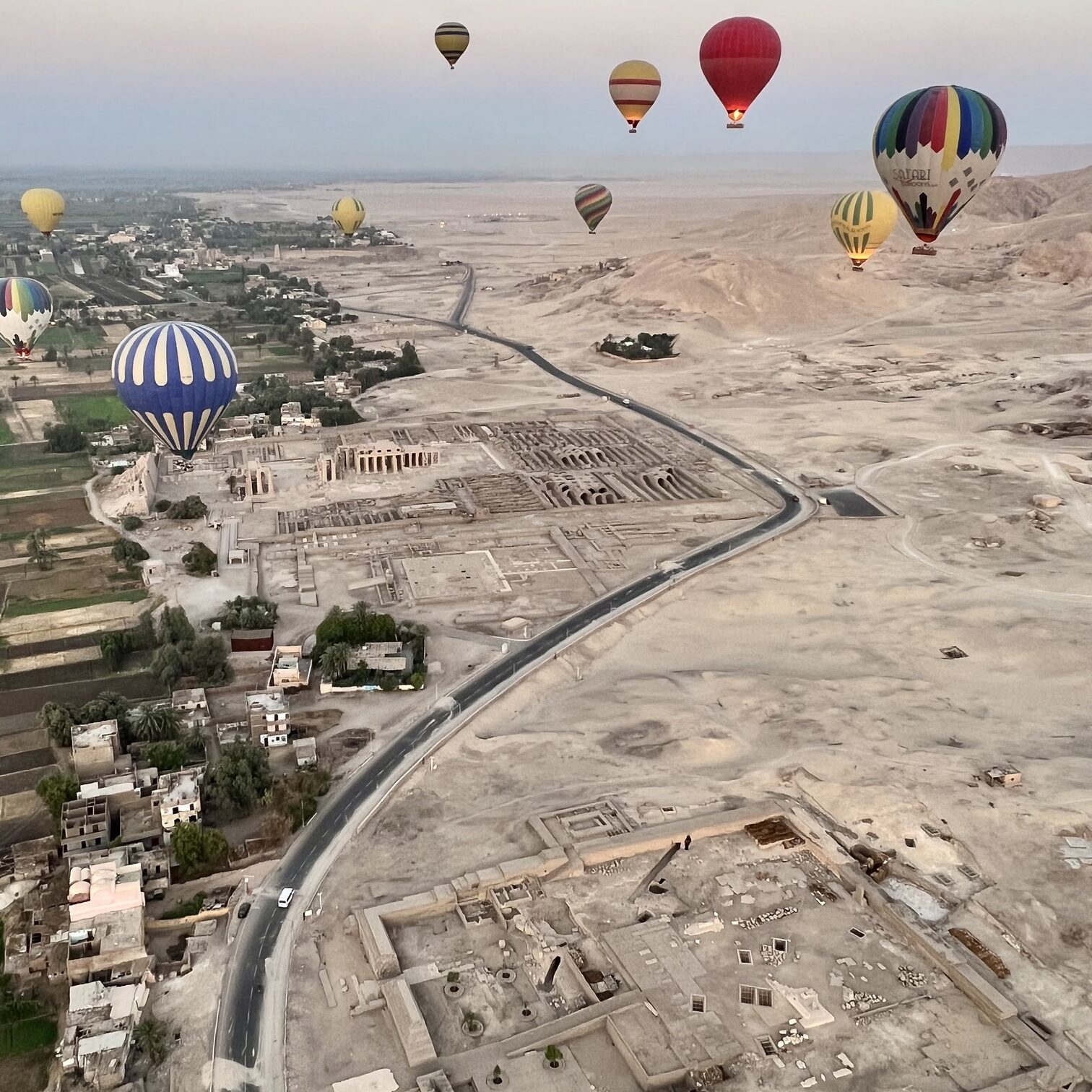
Recommended Reads
Explore Yosemite National Park: A Nature Lover’s Paradise
Key Highlights Next, let’s dive into what makes Yosemite National Park an unmatched treasure of the United…
Local Favorites: What Food to Eat in California
Key Highlights Introduction California, also called the golden state, is a great place for people who love…
Discover the 20 Best Places to Visit in California Now
Key Highlights Introduction California is a place that has something for everyone. You can find natural beauty…

